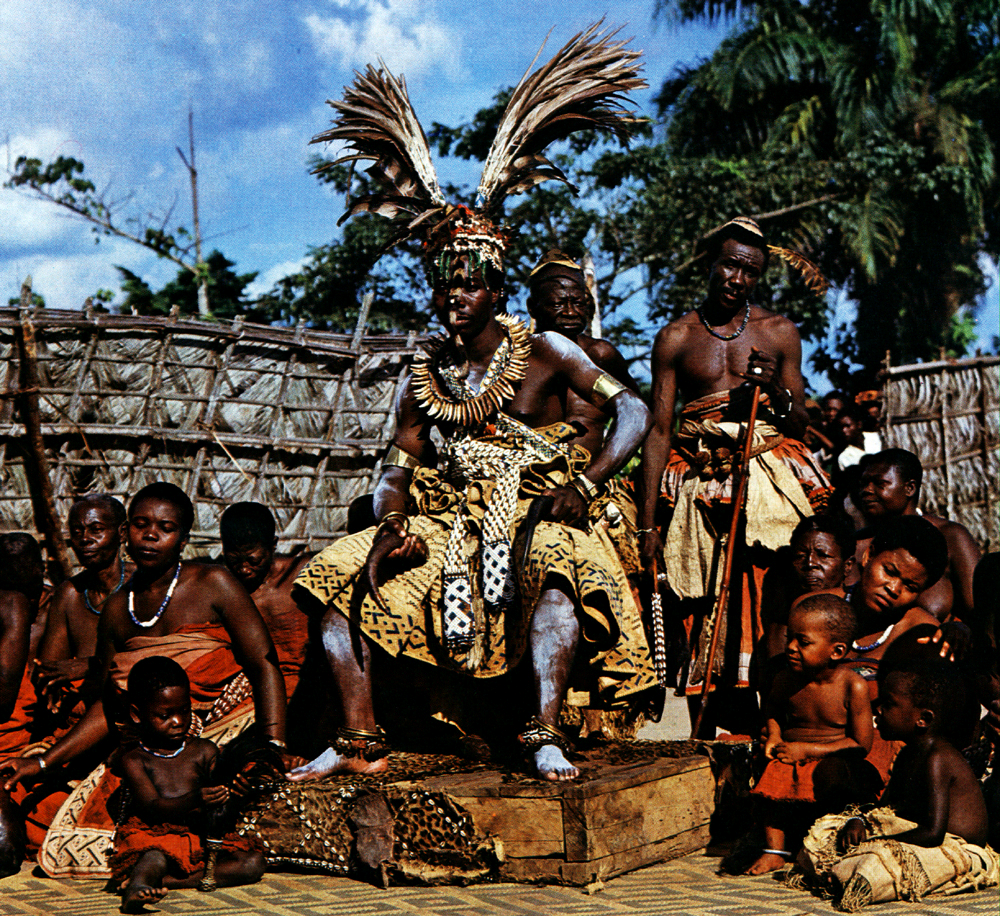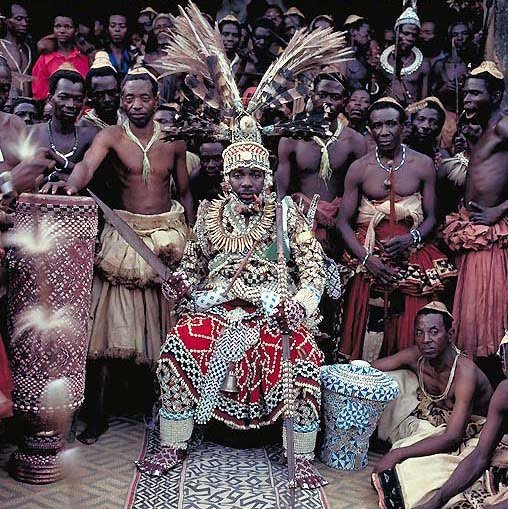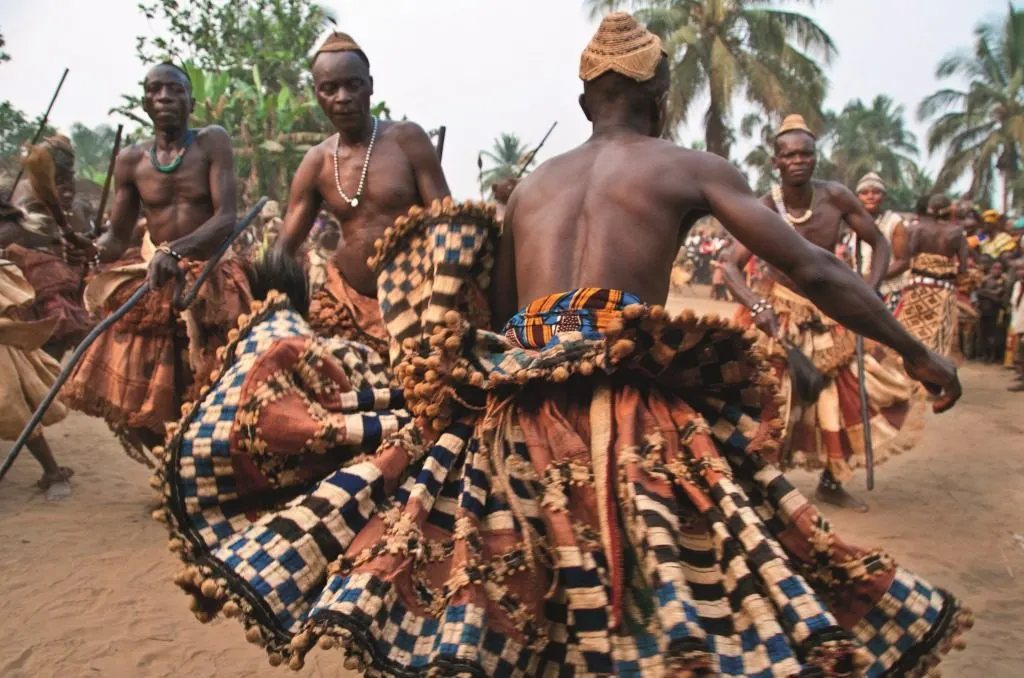People & Culture
The Kuba Culture Of Congo
Published
3 years agoon
By
M N Ridwan
Kuba culture is one of the richest and most vibrant cultures in the Democratic Republic of Congo (DRC).
This culture is known for its intricate textiles, intricate masks and sculptures, and a complex system of governance. The Kuba Kingdom is one of the largest ethnic groups in the DRC, with a population of over 1 million people.
Despite the many challenges faced by the Kuba people, such as civil war, disease, and poverty, their culture continues to thrive and evolve.
One of the most distinctive aspects of Kuba culture is their textiles. The Kuba people are renowned for their intricate and colorful woven cloth, which is used for clothing, headwear, and other decorative purposes.

These cloths are made from raffia, a type of palm fiber, and are often decorated with intricate geometric designs and other symbolic motifs. The designs and patterns used in Kuba textiles are deeply symbolic and often reflect the beliefs, traditions, and experiences of the Kuba people.
Another important aspect of Kuba culture is their masks. The Kuba people have a long tradition of mask-making, which is central to their religious and social beliefs. Masks are used in a variety of ceremonies, including initiation rites, religious festivals, and agricultural celebrations.
READ ALSO: The Betsimisaraka Culture of Madagascar
Kuba masks are typically made from wood, raffia, and other materials, and are often decorated with intricate designs, symbolic motifs, and other embellishments. Many Kuba masks are also painted or decorated with cowrie shells, beads, and other materials.
The Kuba people have a complex system of governance, with a king at the head of their kingdom. The king is considered to be the representative of the spirits and is responsible for maintaining order and harmony within the kingdom.

The king is also responsible for mediating disputes between different groups within the Kuba society. The Kuba kingdom is divided into smaller groups, each with its own chief, who is responsible for maintaining order and mediating disputes within their own community.
The Kuba people are also known for their rich oral traditions, which include tales of creation, heroes, and gods. These stories are passed down from generation to generation and play an important role in shaping the beliefs and values of the Kuba people.
Many of these tales also contain important lessons about the importance of cooperation, respect for elders, and other important social values.
Despite the challenges faced by the Kuba people, their culture continues to thrive and evolve. The Kuba people are proud of their heritage and are committed to preserving their traditions and values for future generations. In recent years, there has been a resurgence of interest in Kuba culture, with many young people taking an active role in preserving and promoting their heritage.

In conclusion, Kuba culture is a rich and vibrant part of the Democratic Republic of Congo’s cultural heritage. The Kuba people are known for their intricate textiles, intricate masks and sculptures, and a complex system of governance.
Despite the challenges they face, the Kuba people are proud of their heritage and are committed to preserving their traditions and values for future generations.
Kuba culture is a testament to the resilience and strength of the human spirit, and is an important part of the cultural fabric of the DRC.





